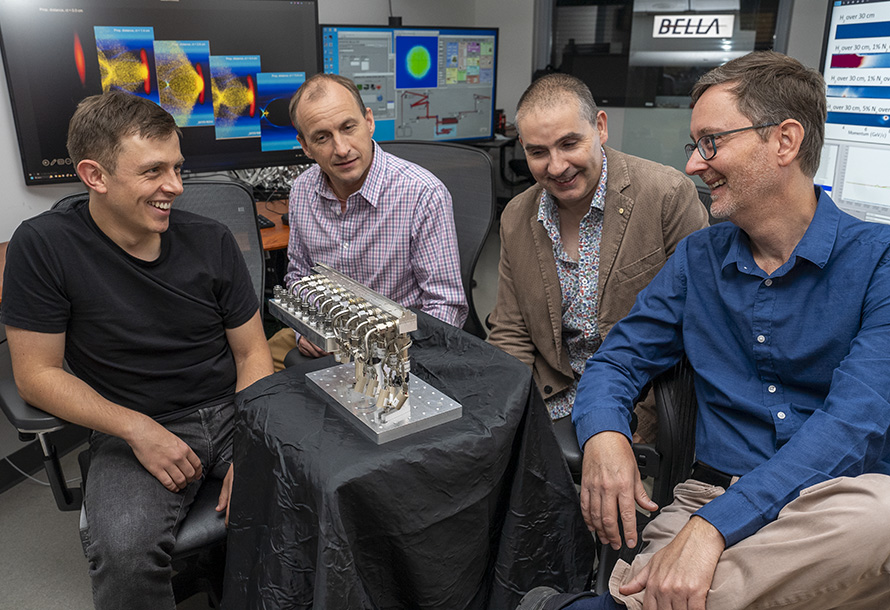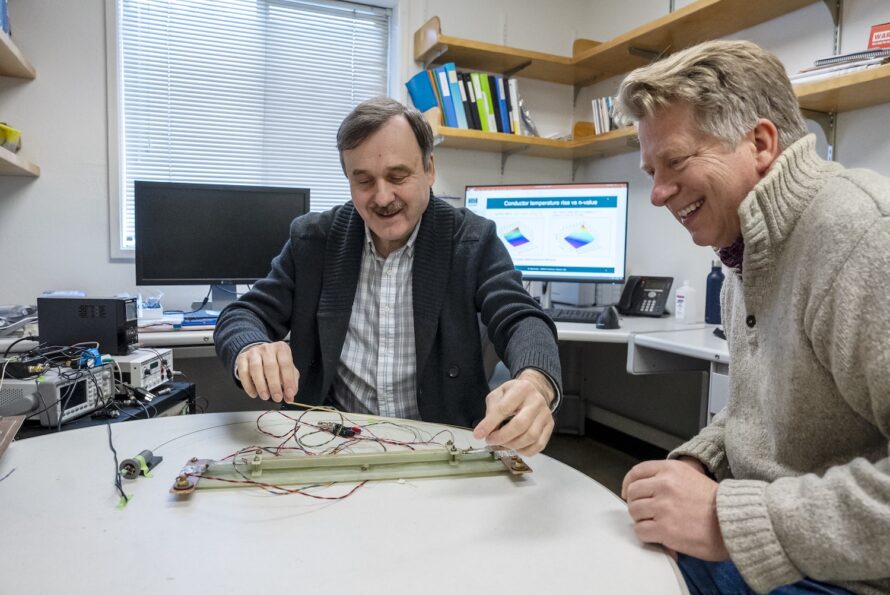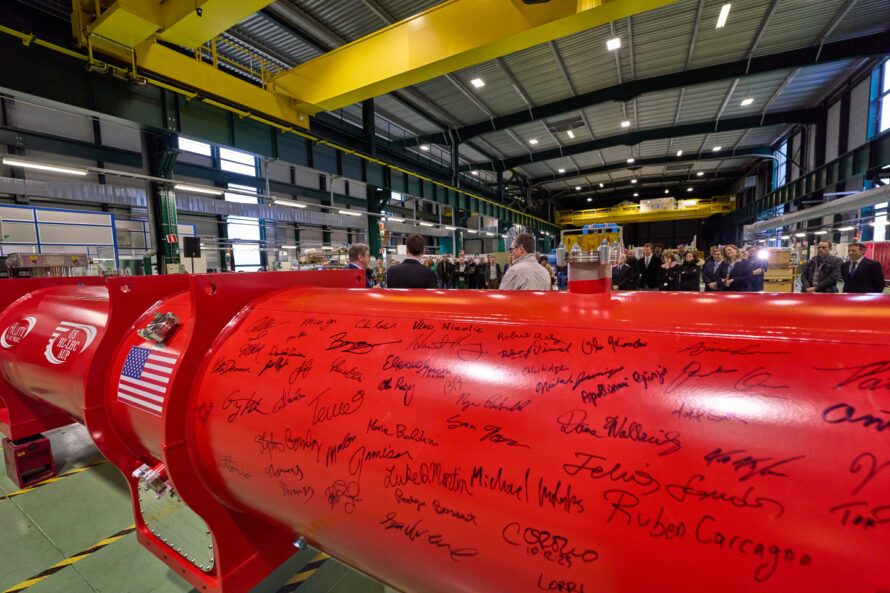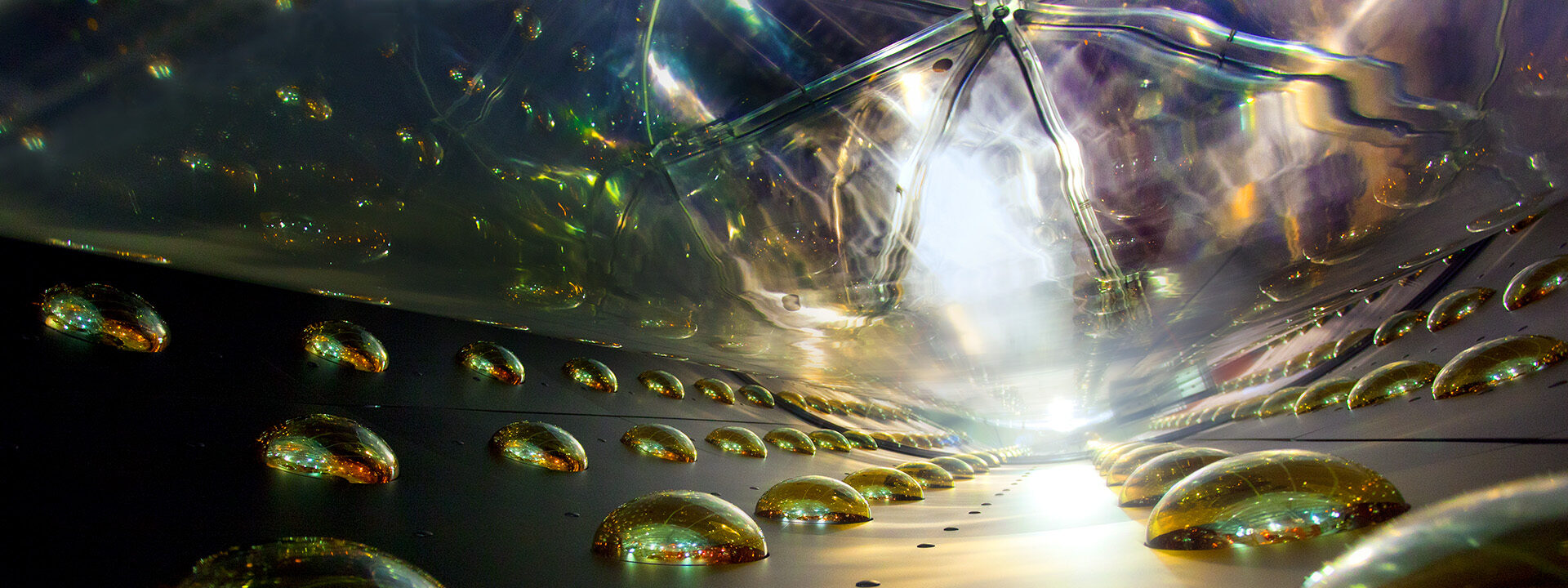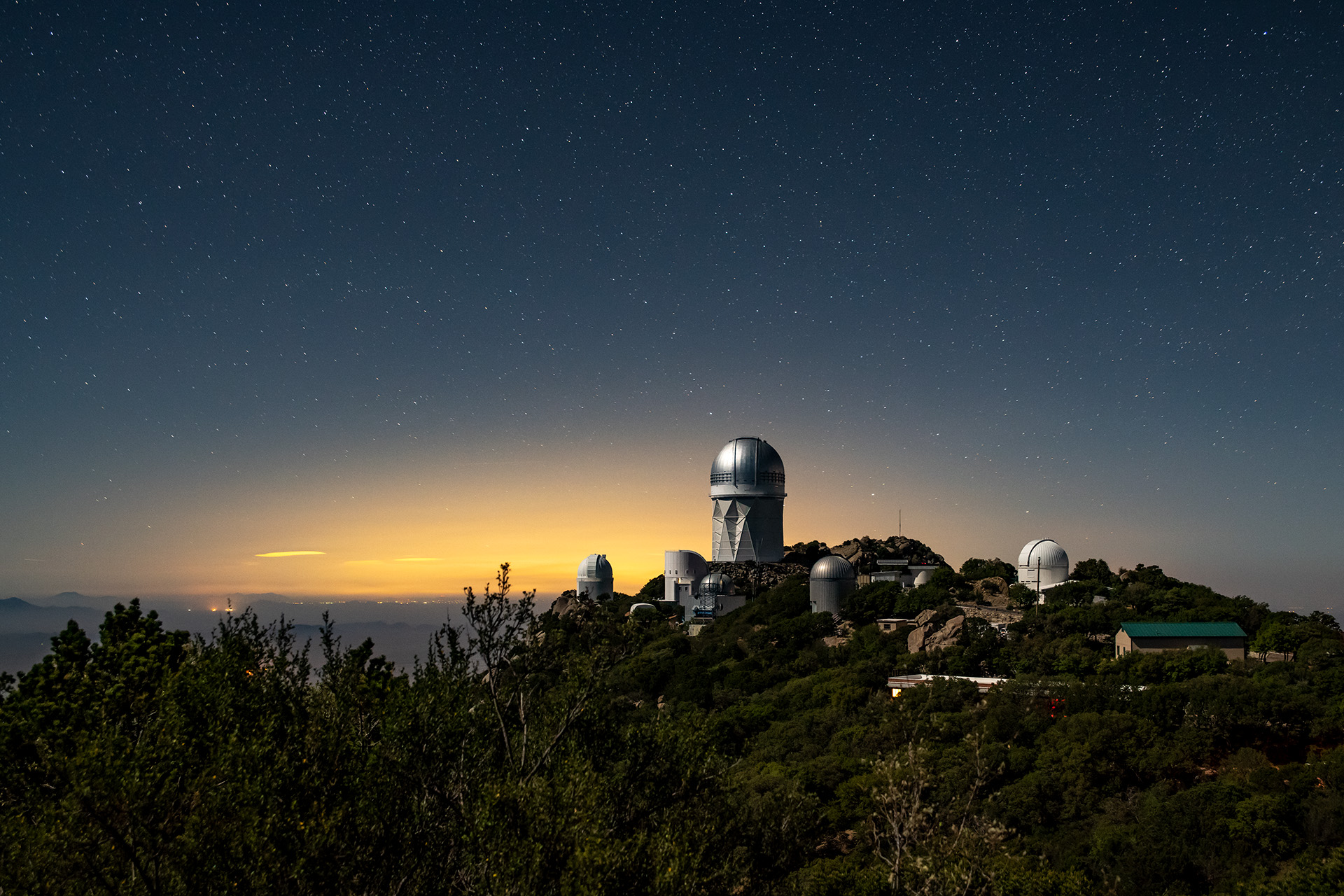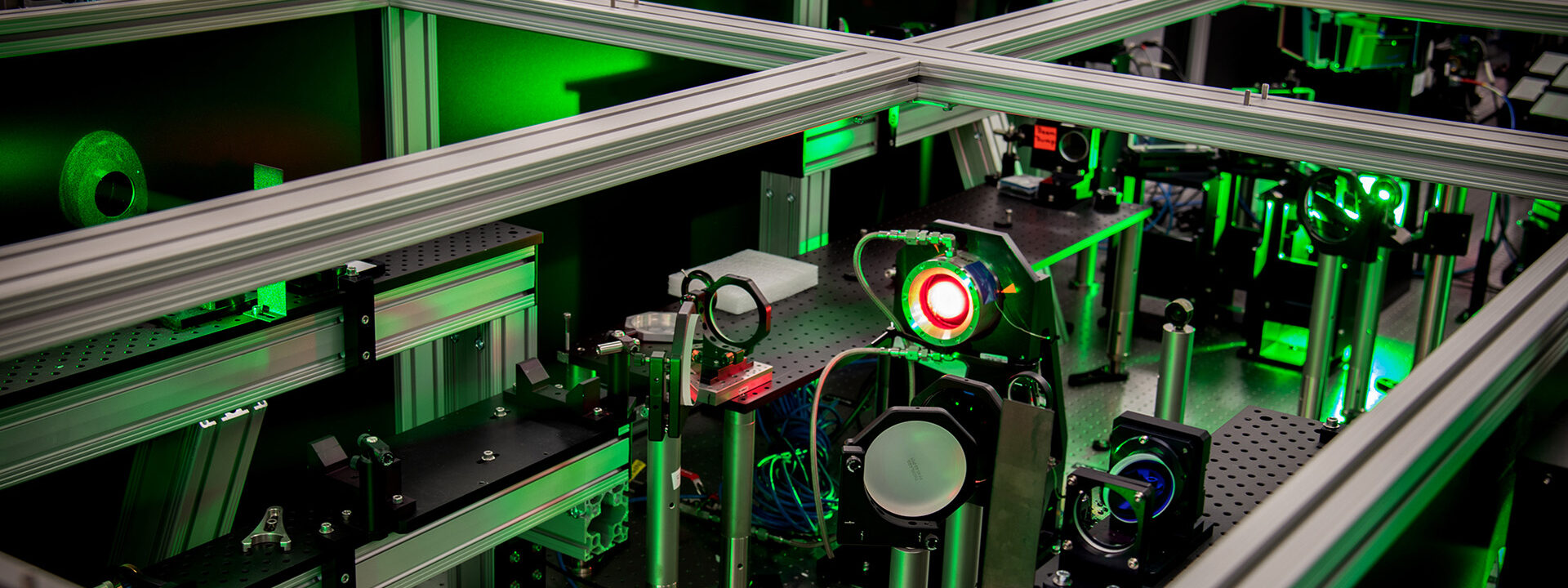Particle accelerators, which generate extremely fast beams of subatomic particles, are some of the most powerful tools for discovery and invention throughout the sciences. Our scientists and engineers are developing next-generation accelerators for diverse benefits to society, including fundamental science, medical treatments, and clean fusion energy. These accelerators will also enable tools for a low-carbon economy and quantum information science.
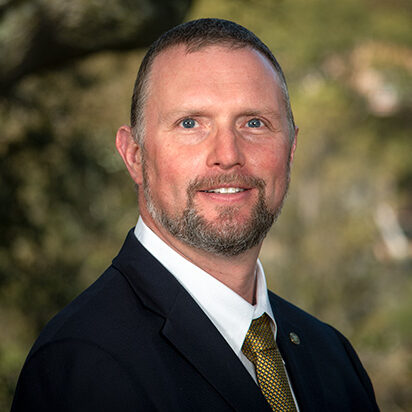
Expanding discovery
Developing accelerators and accelerator-based photon sources as tools to extend science reach.
Sensing for society
Bringing advanced capabilities from the Lab to industry, carbon management, medicine, and security.
Clean energy
Realizing clean, reliable, and secure power sources based on fusion energy.
Precision simulation and control
Advancing exascale simulation, active feedback, and artificial intelligence (AI) and machine learning (ML) applications to harness complex systems.
Applying ion beams
Using accelerated beams for purposes ranging from materials modification to cancer treatment to quantum-computing hardware to measuring carbon stored in soil.
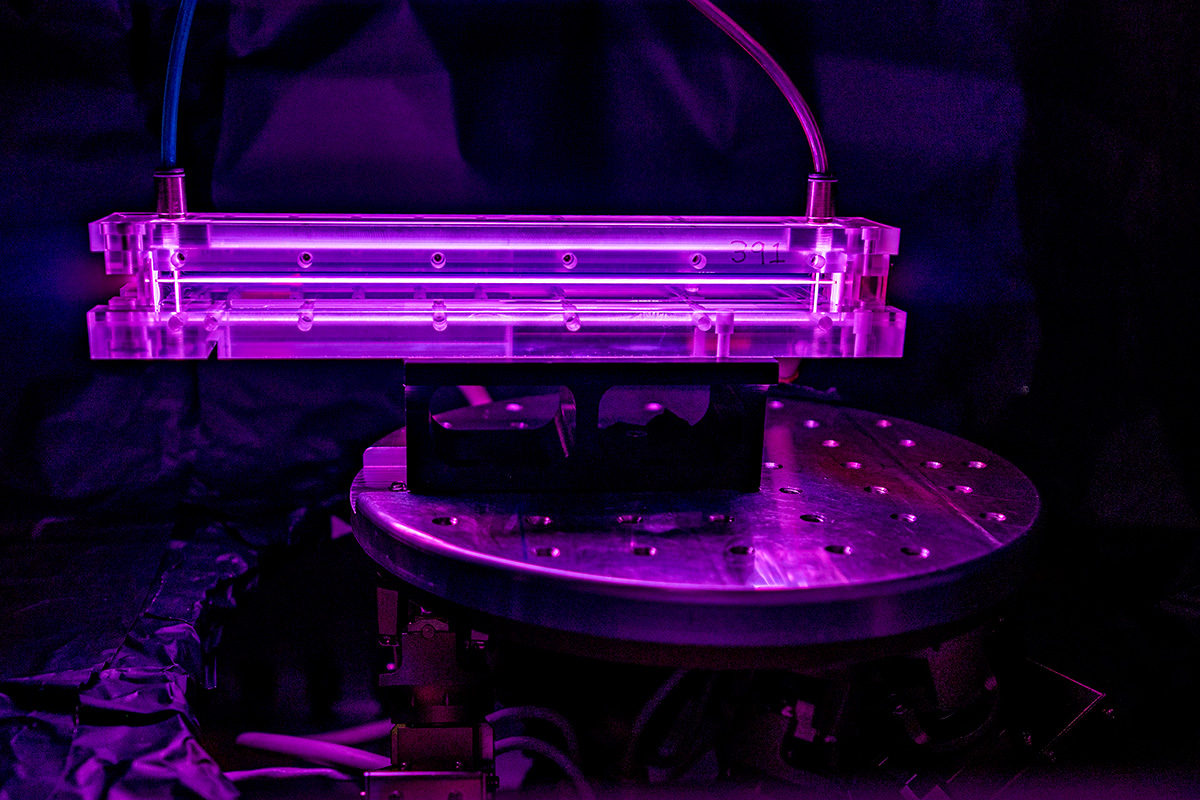
Creating a new generation of accelerators that are orders of magnitude smaller, and their enabling technologies, including high-average-power lasers.
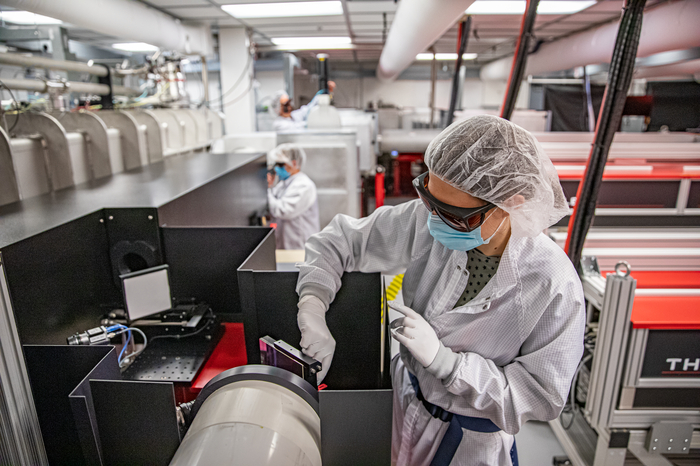
BELLA Center makes a petawatt laser and a 50-terawatt laser (with a 10-TW arm) available through LaserNetUS and other collaborations.
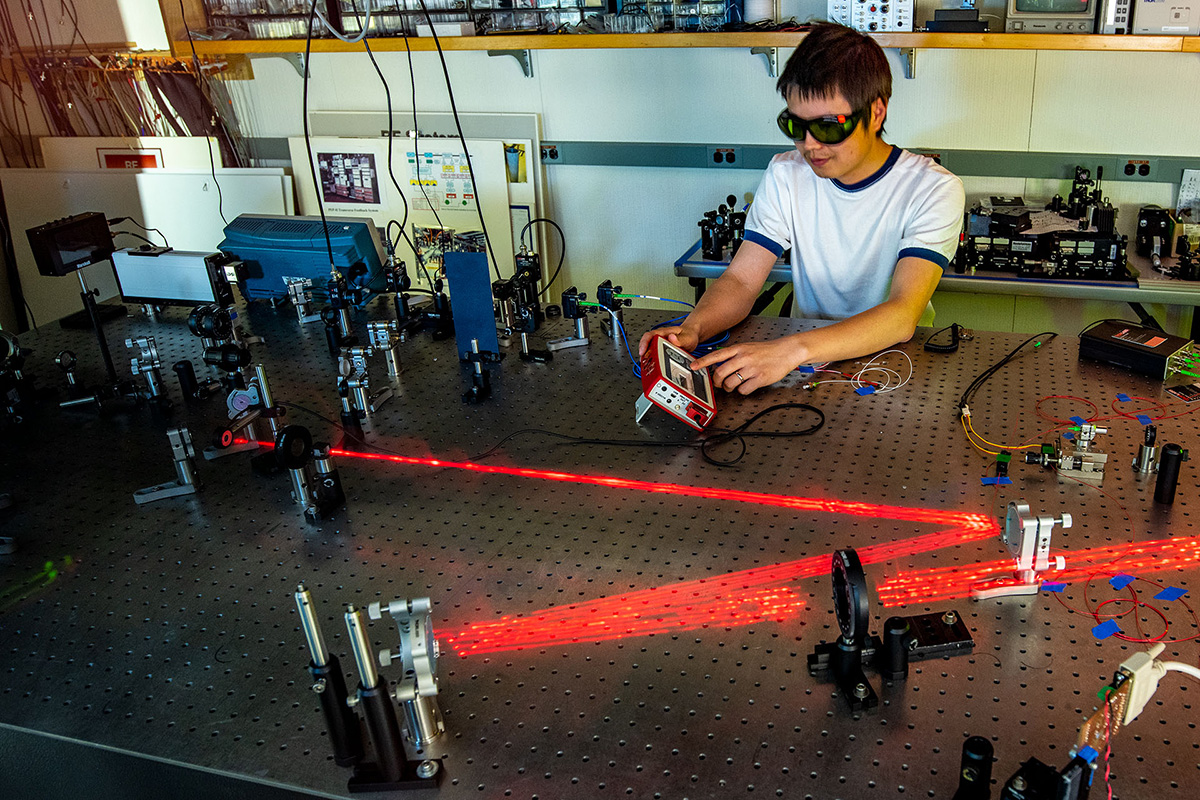
Energizing laser-plasma accelerators and other applications with a new approach — combining the pulses from many fast-acting but lower-energy optical fiber lasers.
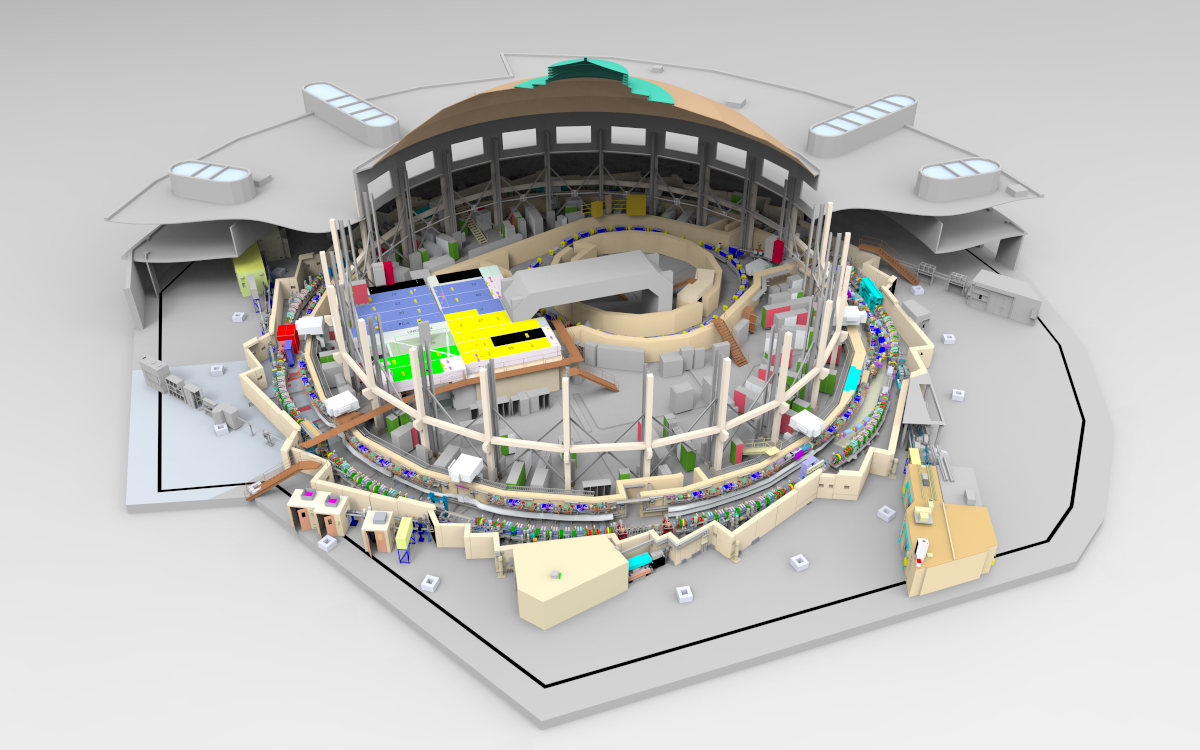
Improving ALS accelerator systems and developing ALS-U and other next-generation photon user facilities.
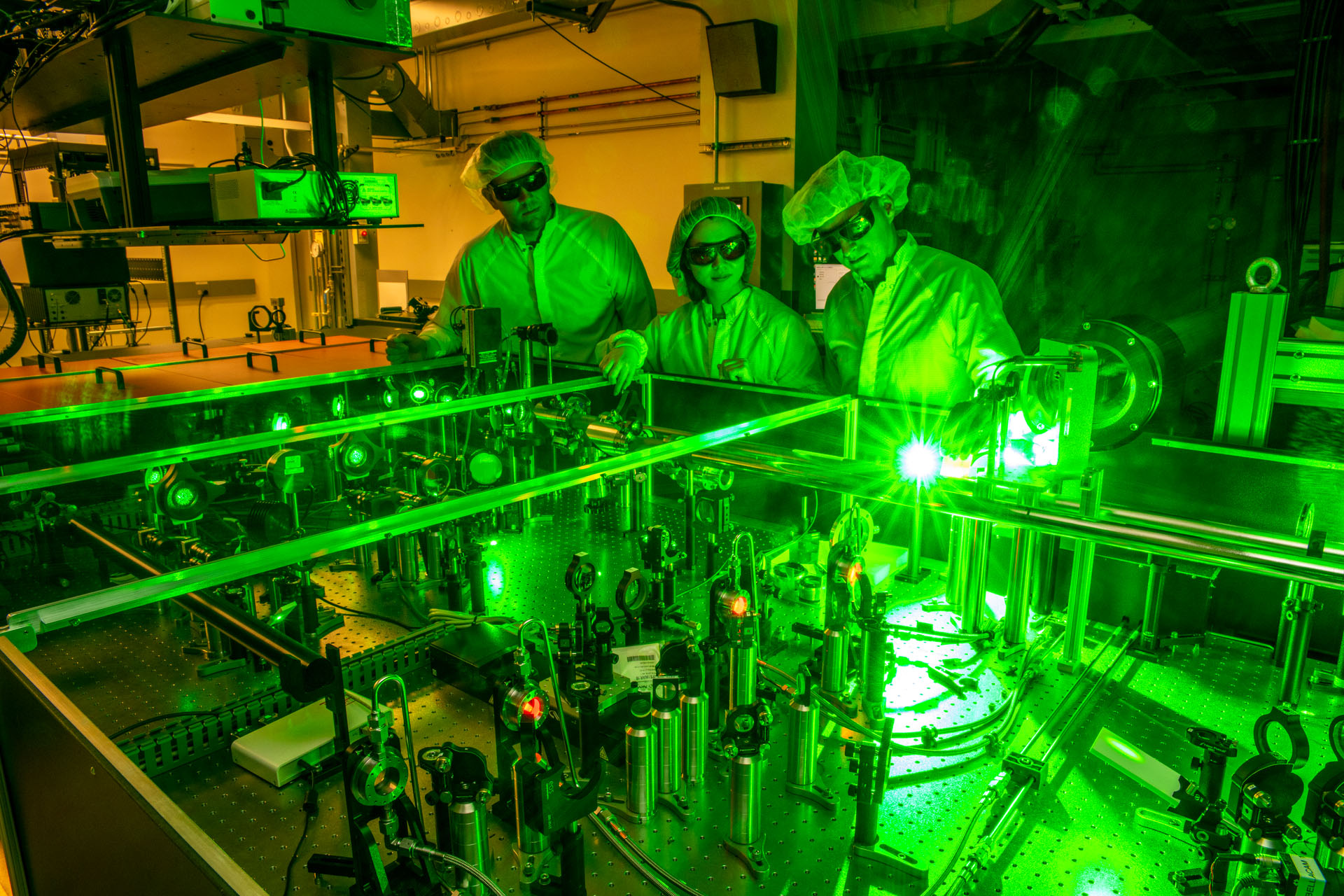
Developing free-electron lasers that take advantage of the compact power of laser-plasma accelerators.
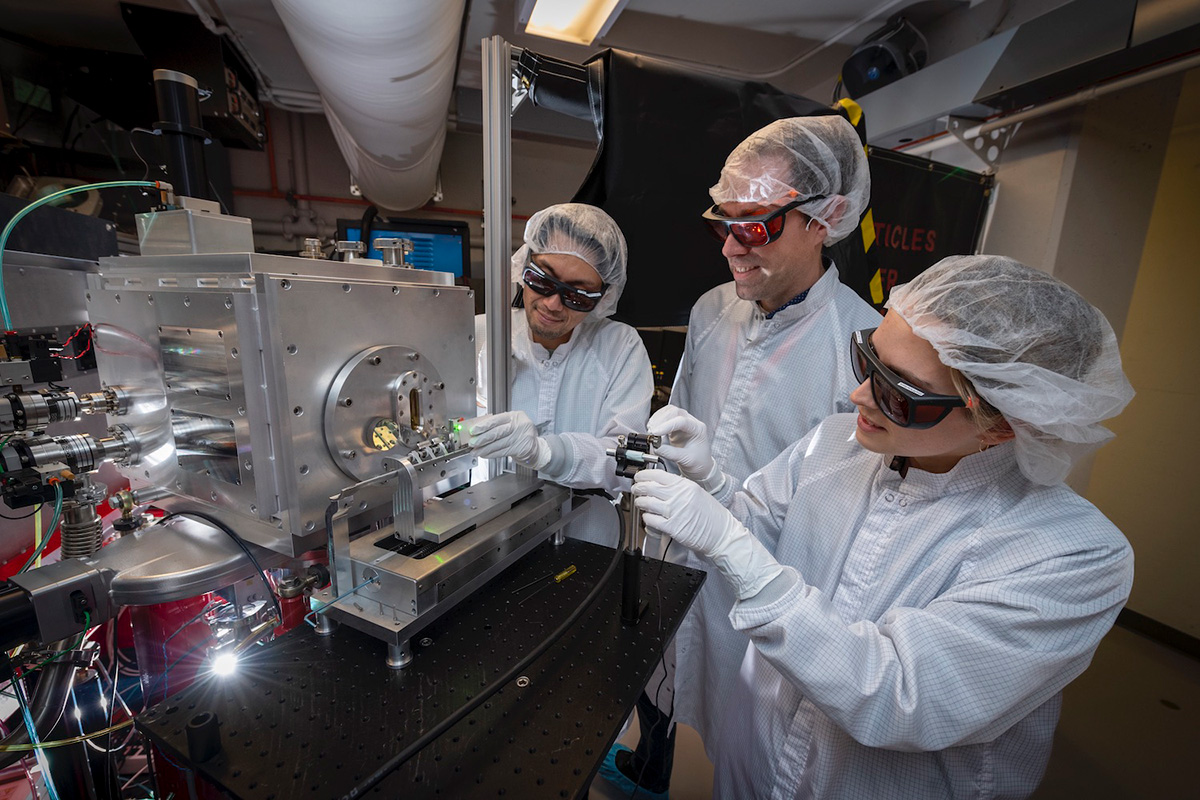
Precision treatments that spare healthy tissues to fight hard-to-reach cancers.
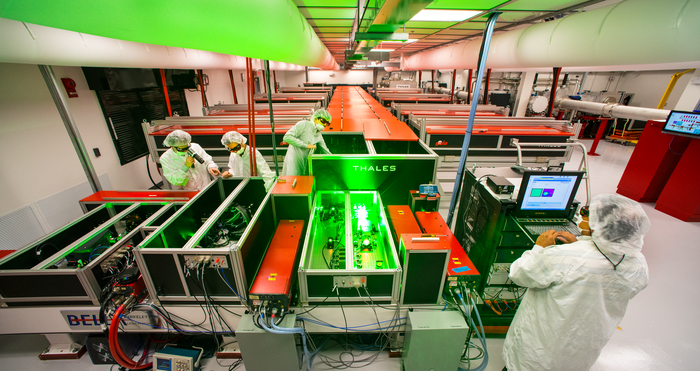
Providing researchers with access to advanced lasers as part of a nationwide network.
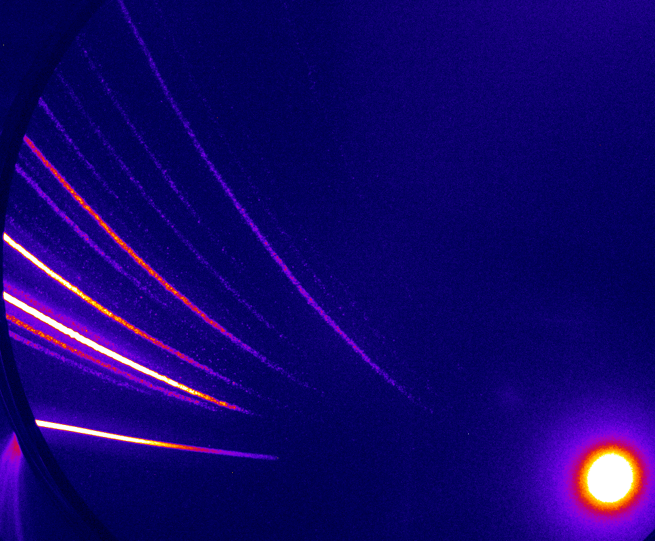
Intense lasers and particle beams for “the X Games of contemporary science” and for inertial fusion energy.”
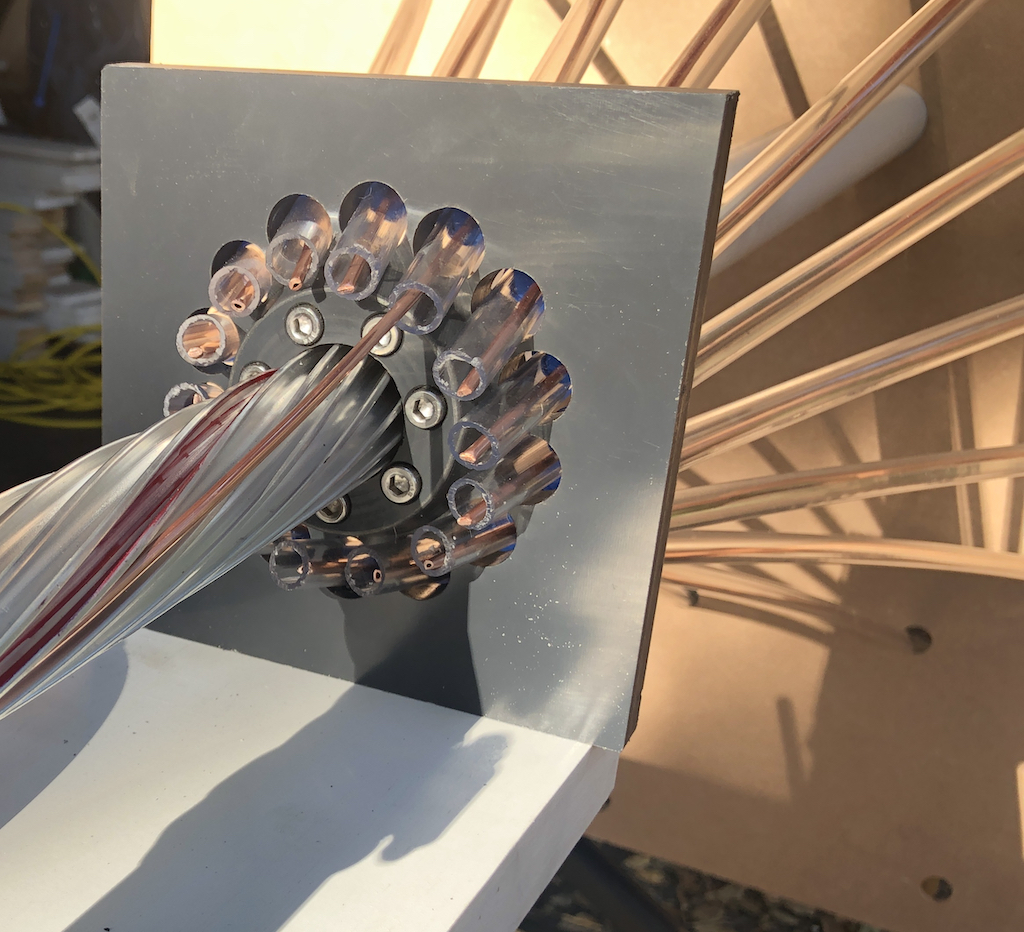
Driving magnet technology and laser-plasma science for plentiful, cleaner, secure energy.

Parlaying accelerator-based expertise into other applications, like quantum information science.
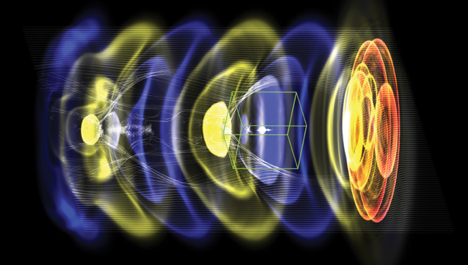
Pioneering advanced computing techniques to achieve fast and accurate simulations of accelerators and beams.
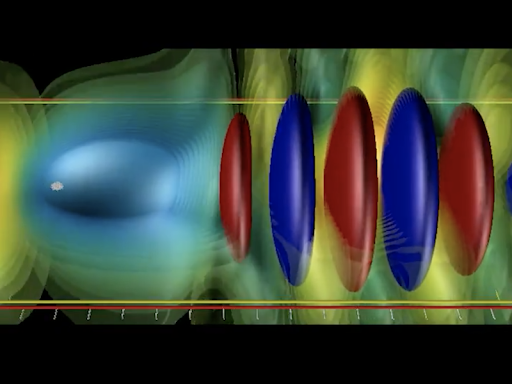
Creating and collaboratively maintaining an accelerator simulation toolkit.
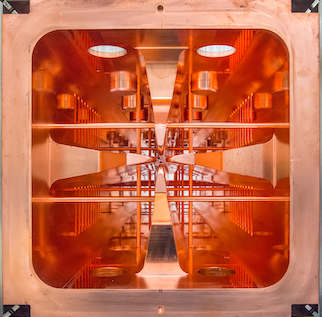
Powerful, advanced accelerators need sophisticated, high performance beam instrumentation and control systems, and the expertise can be parlayed into other applications, like quantum computing.
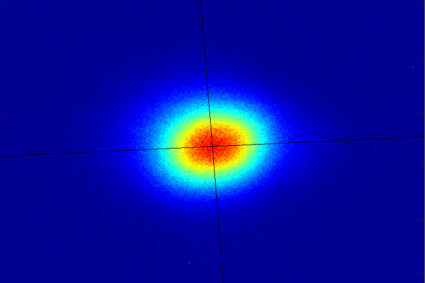
Harnessing the game-changing power of AI/ML for both modeling and control of particle accelerators.
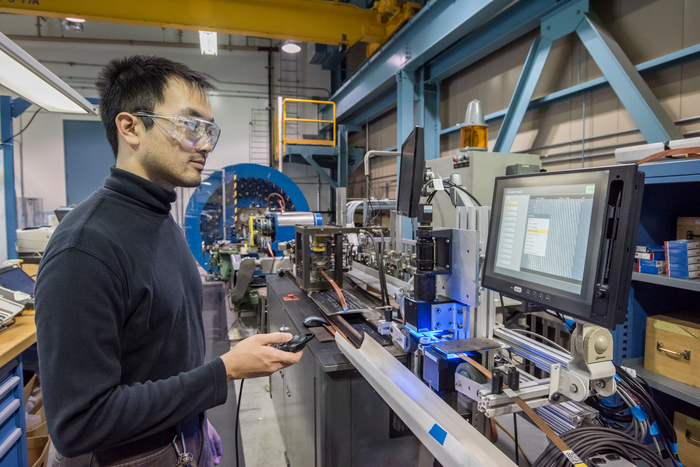
Aggressively pushing superconducting magnet performance and cost effectiveness for colliders, fusion energy, and more, as well as advanced permanent-magnet design.
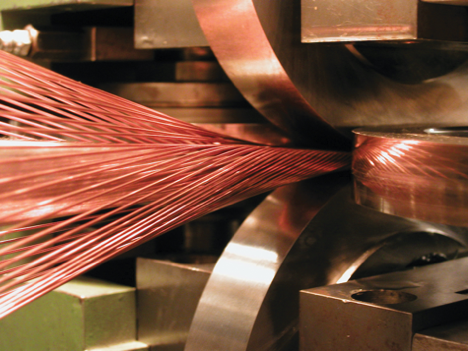
Serving as headquarters of this multi-lab national program in advanced magnets and materials for high energy physics.
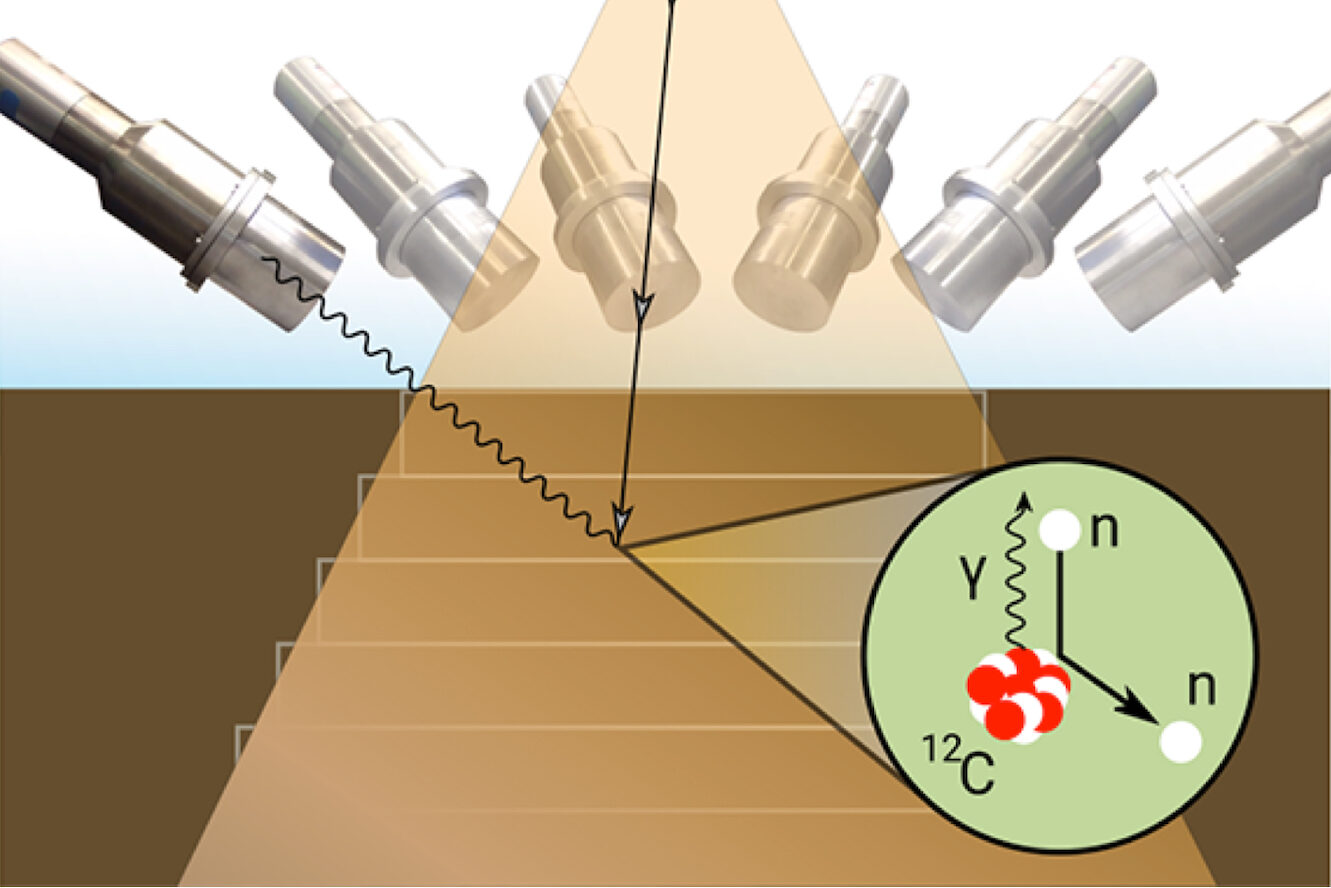
Applying ion beam technology to solve some of humankind’s most pressing problems, such as measuring carbon storage in soil.
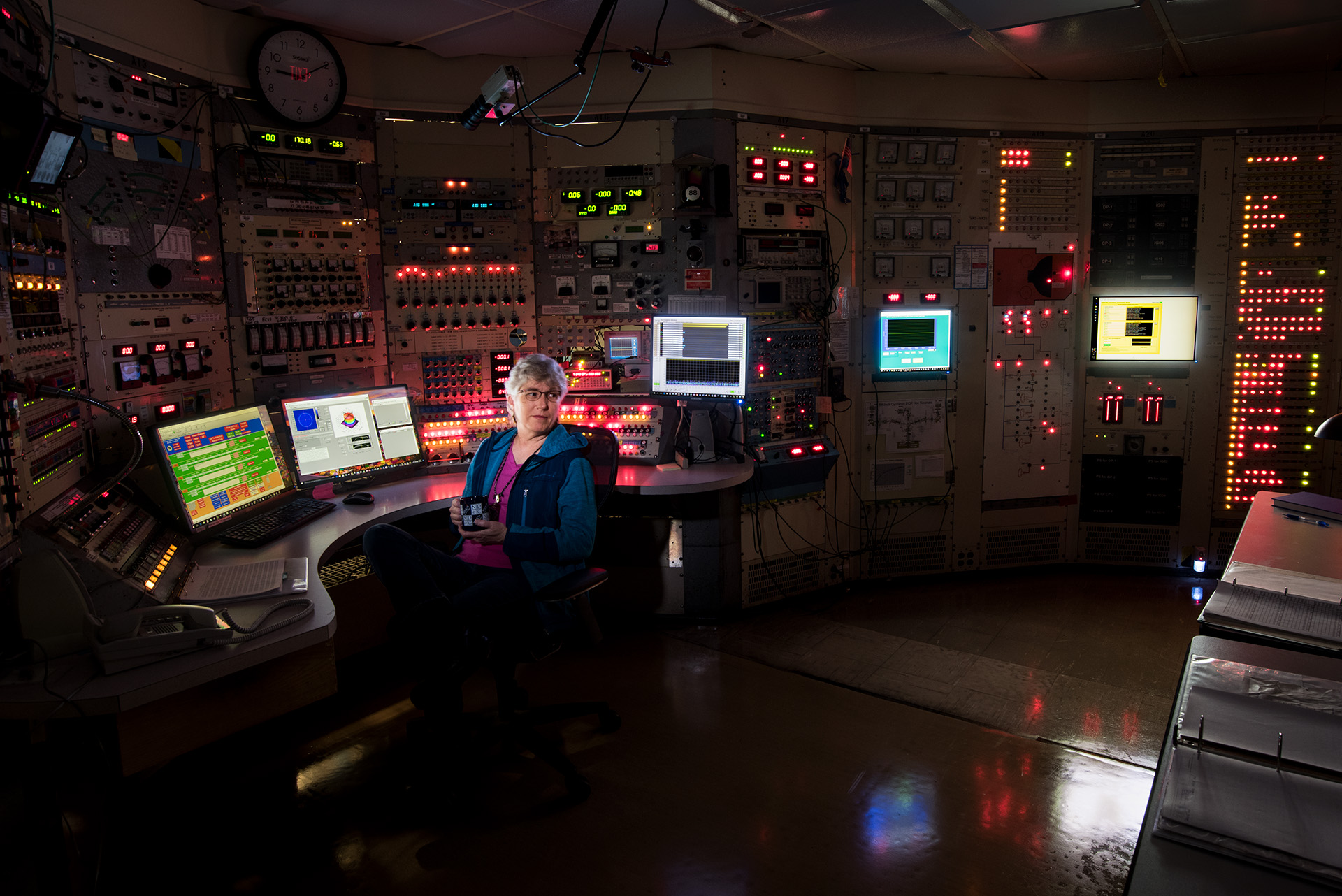
The Berkeley Accelerator Space Effects (BASE) Facility at the 88-Inch Cyclotron provides beams of heavy ions, protons, and neutrons vital to radiation effects testing.

Dan Wang, a research scientist in the ATAP Division’s Berkeley Accelerator Controls and Instrumentation (BACI) Program, applies machine learning to the precision control of complex laser and accelerator systems. She also leads the impedance modeling and reduction program in the ALS-U project.
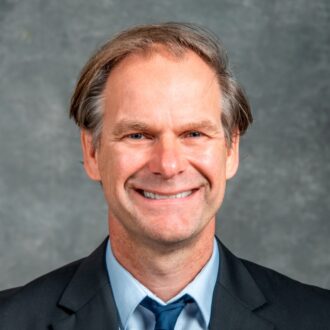
Thomas Schenkel is a physicist and senior scientist, and serves as Program Head of the Fusion Science and Ion Beam Technology program in the Accelerator Technology and Applied Physics Division. His current research interests include particle accelerators, materials far from equilibrium, and the exploration of spin-photon qubits.
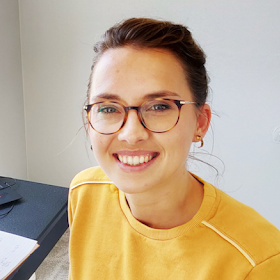
Lieselotte “Lotti” Obst-Huebl is a research scientist in the ATAP Division’s BELLA Center. Her research is focused on the relativistic interaction between ultra-high intensity laser pulses and plasmas. In experiments at the BELLA Petawatt Laser she investigates, for example, how ion beams generated in these interactions can be used for fundamental studies in radiobiology and high energy density science.
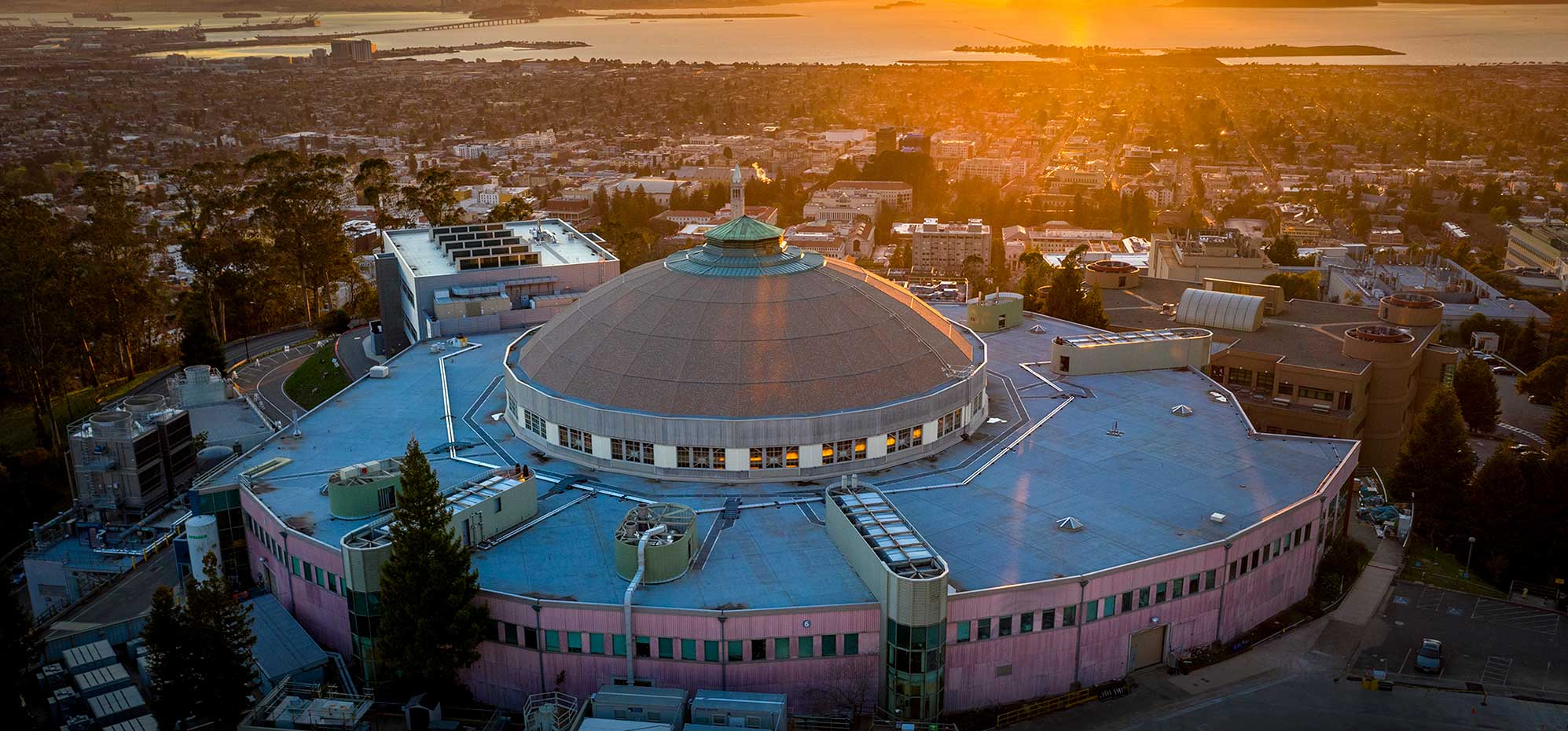
Since its launch in 1993, the Advanced Light Source (ALS) has achieved significant milestones enabling scientific discoveries and technology breakthroughs for the benefit of society, from new materials and techniques for computing, energy technologies, cancer research, and more.
Berkeley Lab Research Scientist Marlene Turner shares how plasma wakefield acceleration can help us in our everyday lives.
Scientists are using light at X-ray wavelengths to reveal the secret worlds of atoms and electrons. The Advanced Light Source is a U.S. Department of Energy scientific user facility at Lawrence Berkeley National Laboratory. The ALS mission is to advance science for the benefit of society by providing world-class synchrotron light source capabilities and expertise to a broad scientific community. In this 9-minute audio interview, listen as Dimitri Argyriou, director of the Advanced Light Source, discusses how the ALS supports the nation’s scientists.
